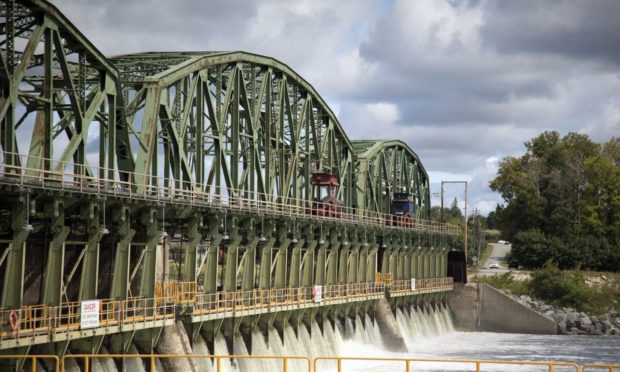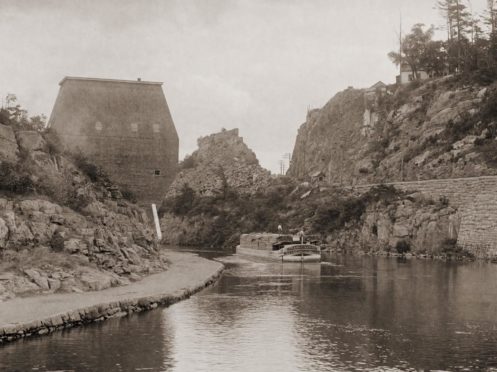In his latest column, Brian Townsend investigated how the Scottish whisky industry benefited from the Industrial Revolution.
Whisky historians often debate what helped the Scotch industry grow from the late 18th Century onwards.
The Industrial Revolution was crucial, providing mass production and better metallurgy, plus the development of limited liability companies and better transport — firstly canals and later railways and oceanic steamships.
Many distilleries were built beside rivers and canals, the rivers as a water source, the canals to bring in coal and barley and move barrels of whisky to distant customers. Some distilleries were built close to canals, although most of these have declined and disappeared along with the canals.
Edinburgh’s Caledonian and Lochrin distilleries sat close to the Union Canal. Glasgow’s Port Dundas and Dundashill grain distilleries adjoined the Monklands and Forth and Clyde canals. Other canal-side distilleries included Rosebank at Falkirk, St Magdalene at Linlithgow and Bankier near Denny.
Erie Canal’s key role
Interestingly, one canal that hugely stimulated the Scotch industry wasn’t in Scotland, but in the US — the Erie Canal in New York State, which this year celebrates its bicentenary.
Why was the Erie Canal so vital? It was built from 1817-1821, creating a 343-mile link from Buffalo on Lake Erie to New York. The canal meandered eastwards to Albany, where it joined the navigable Hudson River, so vast quantities of grain could be shipped from the Midwest to an Atlantic port, and on to Europe.
The canal was originally 40-feet wide and four feet deep and had 56 locks, but over the years it was widened and deepened and the lock count shrunk to 34. It meant cheap US grain became available to Scots (and Irish) distillers who bought it in shiploads.
At Buffalo sprang up the world’s biggest grain silo complex, where millions of tons were unloaded, dried and stored, then reloaded onto canal barges bound for New York, which also prospered mightily from the grain trade.
The opening of the St Lawrence Seaway in 1959 doomed the canal and silo complex, and both eventually closed. The canal was restored in 2000, mainly for tourist traffic, and parts of the silo complex have found new uses.
However, few Americans or Scots today appreciate the Erie Canal’s unsung role in advancing the Scotch industry during the 19th Century.


